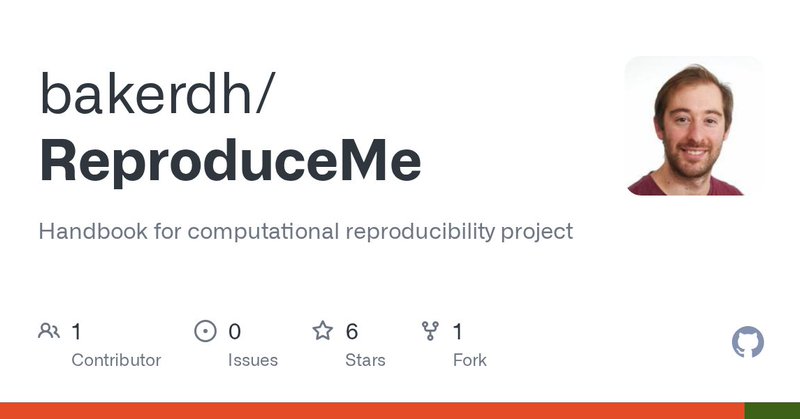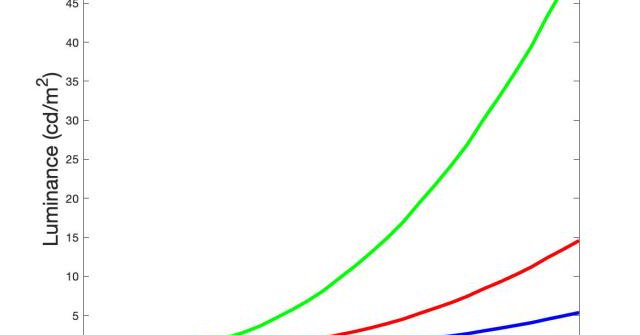
Daniel Hart Baker
@bakerdh
Followers
866
Following
783
Media
10
Statuses
57
Vision Scientist at Apple. Interested in binocular visual perception in humans. Mostly @[email protected]
Cupertino, CA
Joined July 2010
We have made available some repositories of example markdown scripts, as well as a ‘cookbook’ of useful tips here: Hopefully this will help others to develop the necessary skills 4/6.
github.com
Handbook for computational reproducibility project - bakerdh/ReproduceMe
0
0
2
Using #RMarkdown we converted standard manuscripts into a fully reproducible format, with all analyses computed from the raw data and results input directly into the text. We learnt a lot along the way, and developed some new methods, including using Docker and Github Actions 2/6.
1
0
2
A bit more about this, in case anyone is interested. Such a cool technique.
bakerdh.wordpress.com
We’re setting up a couple of new studies as part of a BBSRC-funded project, where we want to present isoluminant chromatic stimuli. Isoluminant means that the luminance (i.e. the amount of li…
1
2
5
Much of the material has grown from a module I teach to some brilliant third year undergraduates at @YorkPsychology, but I think it would also be very suitable for MSc and PhD students across a wide range of disciplines. It introduces a core research toolkit of useful methods 6/8.
1
0
19
There are also chapters on data cleaning, graph plotting, correcting for multiple comparisons, reproducible data analysis, and basic programming skills in #rstats. So quite a lot of #OpenScience relevant material too 4/8.
1
2
24







